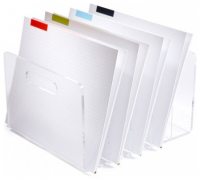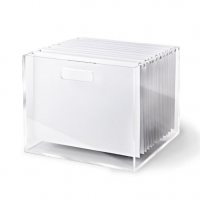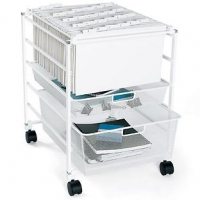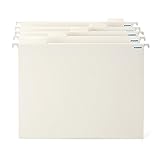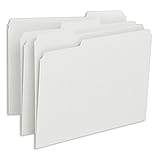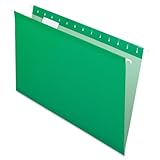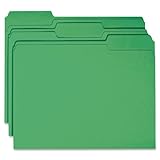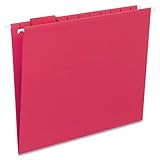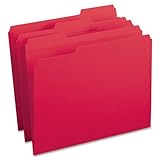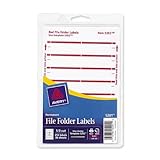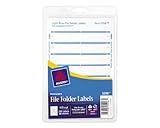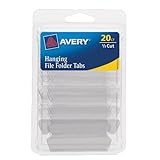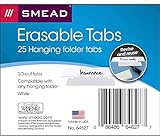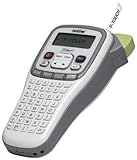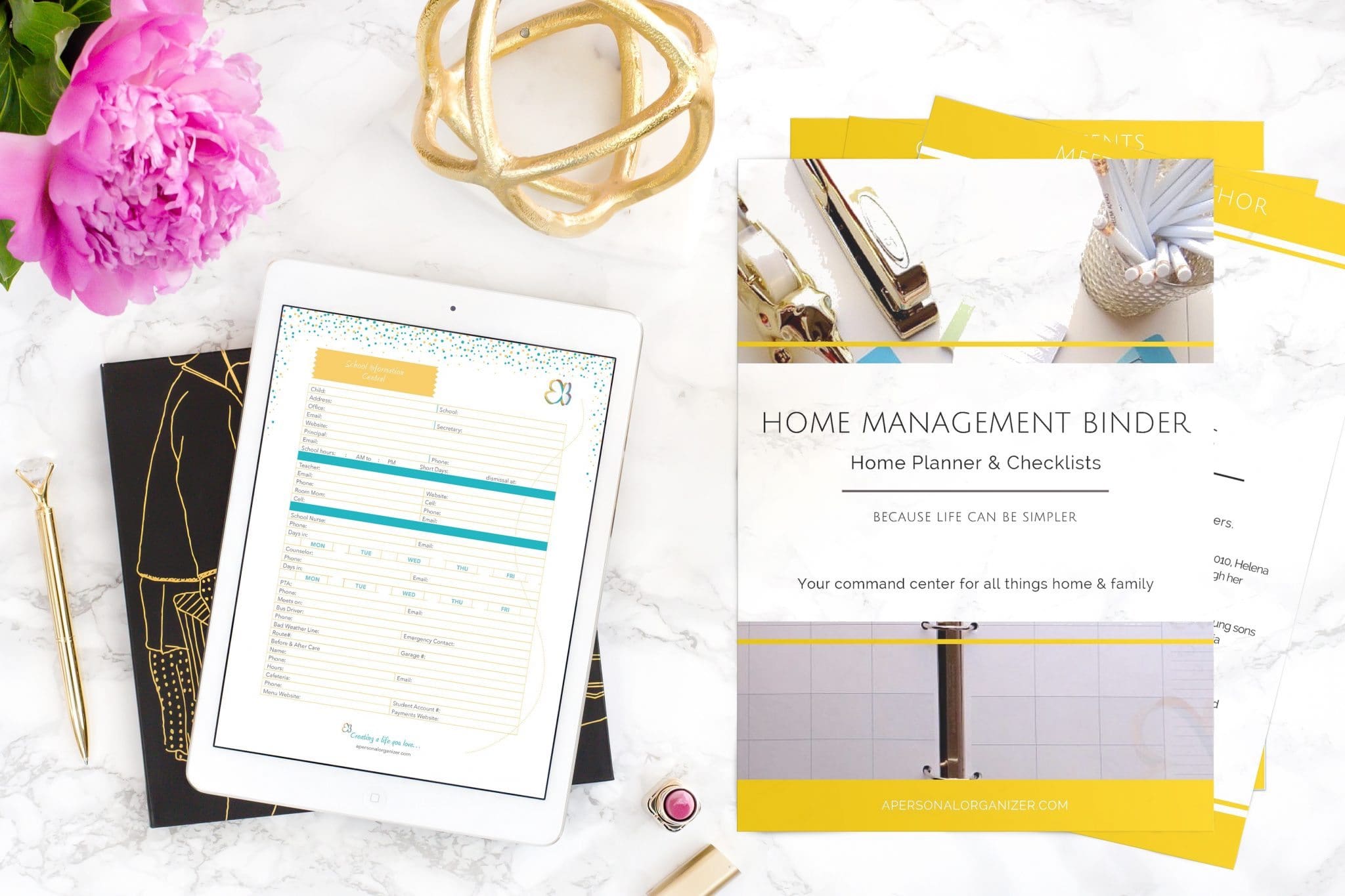Home Document Organizer
The only way to stay on top of household paperwork is to create a filing system for your home office. When a bank statement or bill is received, file it immediately — that way, you’ll never have piles of paperwork develop on your kitchen counter or in your home’s entryway.
Here’s how to develop your filing system, choose the best file categories for your home office, and stay organized.
Supplies You’ll Need
To reorganize your home office filing system, gather the following items:
- File cabinet
or Open Top File Box
. Make sure you have a safe place to store your files.
- Hanging File Folders
. If you’re a visual person, choose file folders that come in multiple colors so you can color code your categories.
- File labels or Erasable Label Refills
. If you have a label maker, that works too.
How To Organize Your Documents – Choose Categories
Review your current files and paperwork to determine which categories you need. Here are the basic categories most home offices require.
- Legal: This is the file where you want to store your family’s most vital documents. Create a file folder for birth certificates, death certificates, marriage or divorce records, military records, wills, and power of attorney information.
- Money or wealth: Create a file for each month of the year to hold receipts. Then, create a separate file for every bank account, credit card, and loan. File financial statements and payment receipts in the appropriate file folders.
- Taxes: Create a file for each working adult’s pay stubs and every retirement or investment account. Then, create separate files for tax deductions, donations, and expenses. Finally, organize previous tax returns in individual files by year for the last 7 years.
- Medical: Create a file for each member of your household. Include important medical records such as immunizations and lab results. Finally, create a file category for your family’s medical, dental and vision insurance. You’ll also want to create a separate file category for your HSA or FSA accounts.
- Home: Create a file folder for each of the following: real estate records, utilities (gas, electric, water, etc.), homeowner’s insurance, warranties for appliances, and records of household repairs.
- Auto: File records of your auto loan, if applicable, and repairs and service for each vehicle. You’ll also want to create file categories for auto information such as your title, registration, and auto insurance.
- Business: If you run a small business out of your home office, make sure to file the appropriate client paperwork, invoices, and receipts in separate file folders.
How To Organize Your Documents – How Long To Keep Documents
Not sure if you should keep it? Review the following list when you’re sorting through paperwork and organizing your file cabinet. This is a simple guide. For accurate information consult your accountant or tax attorney.
Keep for about a month:
- Receipts
- Reconciled bank statements
Retain for 1-3 years:
- Paystubs
- Loan statements
- Expired insurance records
Store for at least 7 years:
- Tax documents and returns
- Receipts for charitable donations
- Proof of deductions and income-related documents
- Medical bills
- Contracts
Never throw away:
- Birth certificates
- Marriage or divorce records
- Property titles
- Passports
- Wills
- Medical records
Paperwork and file organization in your home office start with choosing the right system. Once you know what you and your family need to keep (and for how long), you’ll be able to create the best file categories and stay organized. Here’s everything you need to know to get started.




